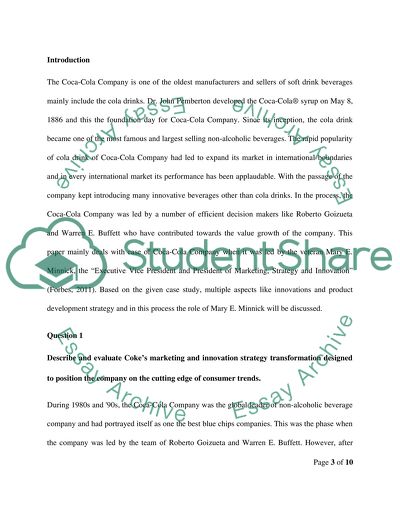Cite this document
(“Coca Cola Research Paper Example | Topics and Well Written Essays - 1000 words”, n.d.)
Retrieved from https://studentshare.org/marketing/1431831-coca-cola-case-study
Retrieved from https://studentshare.org/marketing/1431831-coca-cola-case-study
(Coca Cola Research Paper Example | Topics and Well Written Essays - 1000 Words)
https://studentshare.org/marketing/1431831-coca-cola-case-study.
https://studentshare.org/marketing/1431831-coca-cola-case-study.
“Coca Cola Research Paper Example | Topics and Well Written Essays - 1000 Words”, n.d. https://studentshare.org/marketing/1431831-coca-cola-case-study.


